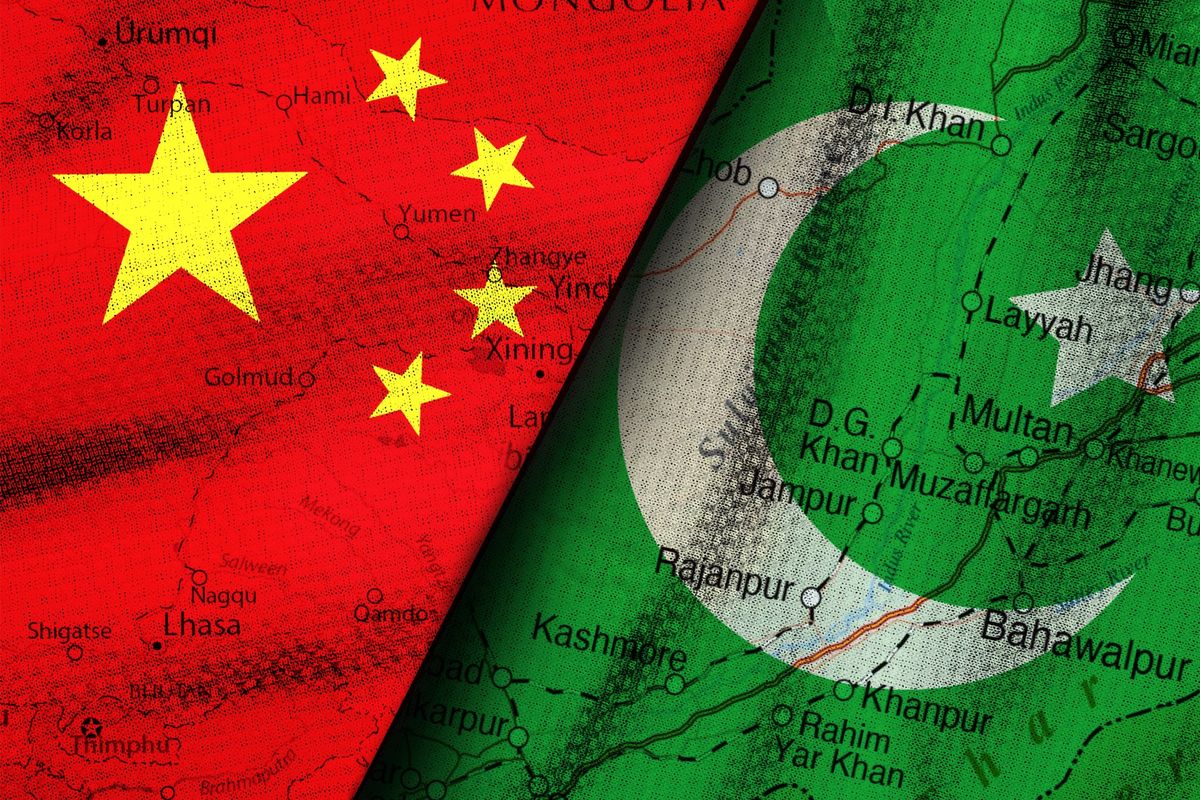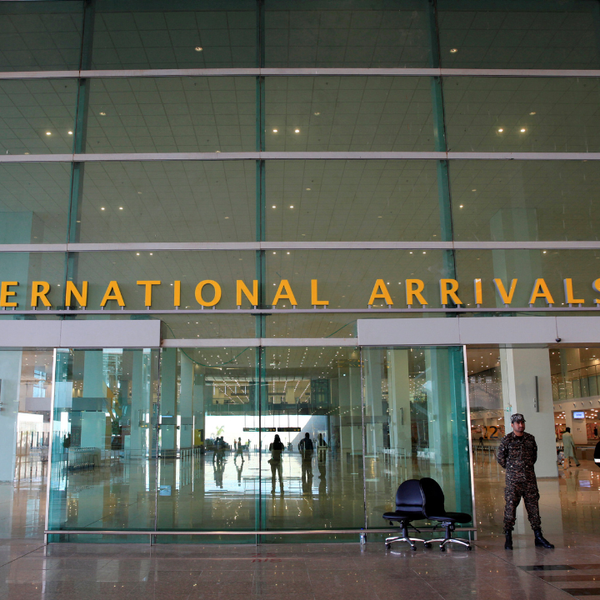From Gwadar to Central Asia: What trilateral talks in Kabul mean for Pakistan’s CPEC dreams
Pakistan and China see Afghanistan as vital link in revived trade corridor reaching Central Asia and Russia

Asma Kundi
Producer, Islamabad
Asma Kundi is a multimedia broadcast journalist with an experience of almost 15 years. Served national and international media industry as reporter, producer and news editor.

The revival of CPEC is not solely about trade. Officials say both Pakistan and China see strategic value in expanding their presence in Afghanistan.
Shutterstock
As the sun sets over the Hindu Kush, a new chapter in regional power politics is unfolding. The long-stalled phase II of the China-Pakistan Economic Corridor is gaining traction—not just between Beijing and Islamabad, but with Kabul emerging as a strategic third partner.
According to high-level sources in Pakistan’s Ministry of Foreign Office, the sixth round of trilateral talks between Pakistan, China and Afghanistan will be held in Kabul within the next two months.
The meeting is expected to finalize decisions on a new regional trade corridor stretching from Gwadar Port through Afghanistan to Central Asia and Russia, they added.
“CPEC Phase II was in motion as early as 2017,” a senior official told Nukta, requesting anonymity. “But once the Taliban returned to power in Afghanistan, progress hit a roadblock. That delay is now over. What we're looking at today is a strategic shift in regional connectivity.”
While Pakistan has completed billions of dollars’ worth of infrastructure under CPEC—from Gwadar Port to nationwide highways—officials acknowledge that without access to Central Asian markets, the investments risked becoming a “dead end”. Now, Afghanistan is not only back in the picture—it is central to the plan.
China has agreed to finance two key projects: the long-awaited Peshawar-Kabul Expressway and the Pakistan-Afghanistan-Uzbekistan railway line. The upcoming talks will also explore how to fully operationalize Gwadar Port for regional trade—a move that could reshape economic ties across South and Central Asia.
Strategic goals drive engagement
The revival of CPEC is not solely about trade. Officials say both Pakistan and China see strategic value in expanding their presence in Afghanistan. Pakistan seeks to prevent hostile actors from using Afghan soil for cross-border attacks—a lesson borne of years of conflict.
China’s motivations are also deeply strategic. “Beijing doesn’t want a return of American influence on its western flank,” the official said, referring to past comments by former U.S. President Donald Trump about U.S. military bases like Bagram. “Their engagement is as much about economic access as it is about strategic insulation.”
Trade revival not just China-led
Despite China’s significant role, the official said recent gains in Pakistan-Afghanistan ties were homegrown. “Trade between the two countries had dropped to just 13%. Now it’s doubled—without Chinese mediation,” he noted.
Asked about reports of an Afghan minister’s alleged secret trip to India, the official dismissed them. “That was a personal move, not state policy. Yes, there are elements in the Afghan administration who might work with Iran or India for money, but that doesn’t reflect the official stance of the Afghan government.”
CPEC II faces risks, but rewards outweigh them
Dr Hassan Daud, former project director of CPEC, acknowledged that the ML-1 railway project, flagged as the only “strategic” initiative in Pakistan-China correspondence, faces challenges. But he believes the opportunities outweigh the risks.
“Like any transformative initiative, the ML-1 project carries risks,” Dr Daud told Nukta. “But they can be mitigated through joint effort and pragmatic planning.”
He called for a modern governance model to manage the initiative. “The current railway management system is outdated for a project of this magnitude,” he said, adding that ML-1 could turn Pakistan into a vital hub in the interconnected Global South.
Domestic hurdles remain
Policy analyst Shakil Ramay said that while security issues dominate the discourse, economic and administrative shortcomings are just as important.
“We are overly focused on security,” Ramay told Nukta. “But if we truly want to enhance trade linkages in the region, we must also consider the economic rationale.”
Ramay said Pakistan could export IT services, medicine and financial products to Central Asia while importing energy and raw materials. However, the country’s red tape and bureaucratic inertia stand in the way.
“Our business climate is plagued by red tape, bureaucratic hurdles, and decision-makers who lack an understanding of trade dynamics,” he said.
Afghanistan’s key role
Ramay emphasized the need for regional cooperation to stabilize Afghanistan, which he said is crucial for sustaining trade corridors.
“We need to develop a clear roadmap for cooperation with regional partners to pursue peace and security in Afghanistan,” he said.
He called on other stakeholders—not just Pakistan—to engage Afghan authorities on security and transit trade.
“Afghanistan can play a constructive role in facilitating trade between Pakistan and Central Asia,” Ramay said. “The burden of ensuring stability must not rest on Pakistan alone.”







Comments
See what people are discussing